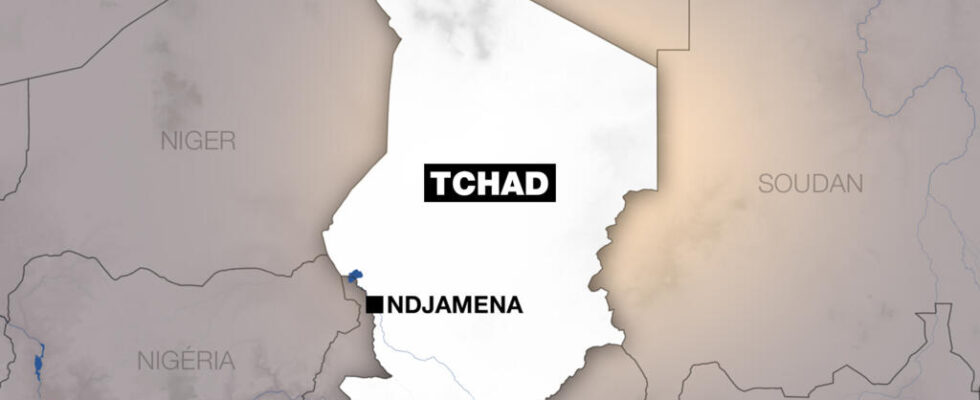At least six people have been killed and four others injured in new intercommunal clashes between farmers in the Goré sub-prefecture of Logone Oriental province, in southern Chad. As is often the case in these cases, these clashes are the result of the passage of herds of livestock farmers through agricultural areas.
2 min
The first incident took place just a week ago in Timberi, about twenty kilometers from Goré. An altercation between a herder and a farmer degenerated. The farmer was killed, then later, a herder was killed in the clashes that followed.
Then, there was a new incident two days ago. A herder allegedly drove his oxen through a farmer’s peanut field 7 km from Goré. The farmer demanded compensation, the tone rose and both took out machetes, according to the head of the Goré canton, Médard Betoubam Allarassem. The herder was killed, the farmer escaped with injuries.
The breeder’s brothers saw red. They took up their weapons and launched reprisals. Three farmers’ bodies were found in the fields the following Wednesday, said the prosecutor at the Goré High Court, Nerambaye Ndoubamian. This manhunt also left four people injured, according to the Goré canton chief.
Since then, tensions have been running high, with farmers barricading themselves in their villages and no longer daring to go into the fields for fear of reprisals. But authorities in the province of Logone Oriental are already on site to restore calm, according to several sources. One suspect has already been arrested and two others are being actively sought, the prosecutor said.
This year, we observed a drought in the northern part of Chad that lasted from March to April-May. And this pushed the herders from the North to the South. We are facing a high number of herds and this leads to fights for agricultural land.
Michaël Ndoh Djasrabé (agronomist) explains the role of drought in northern Chad in this violence
Read alsoChad: in May 2023, new outbreak of violence between herders and farmers in the south of the country
